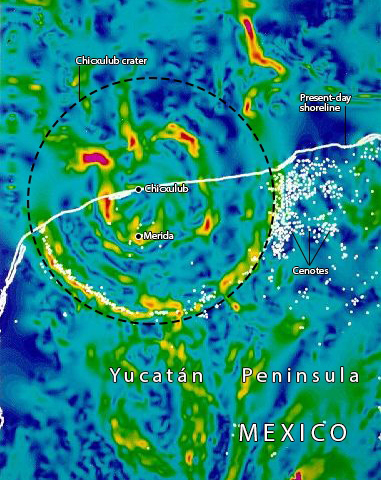Extinction of the Dinosaurs – 66 or 65 Million Years Ago?
The thousands of articles on the Everything Dinosaur blog cover a huge variety of subjects. For example, prehistoric animal fossil finds, dinosaur discoveries, geology and updates on palaeontological research. Whilst reviewing our extensive database it was noted that in the earliest blog posts the extinction of the dinosaurs and the end of the Cretaceous and with it the termination of the Mesozoic Era, was stated as occurring approximately 65 million years ago. However, more recent posts refer to the end Cretaceous as occurring around a million years earlier.
When did this change occur?

The K-Pg Extinction Event
Whilst there is been much debate as to the causes of the end-Cretaceous mass extinction event, accurately dating the extinction of the Dinosauria, the Pterosauria et al has always been controversial. If our blogsite is anything of a record, the first instance we have detected of a change in the date stated for the end of the Cretaceous occurs in a blog post from the 10th of December 2013. Our blog post for that day makes reference to the end of the Mesozoic occurring approximately 66 million years ago.
Our post: Extraterrestrial Impacts – Demise of the Dinosaurs Could have Helped Fuel Life Elsewhere.
The Deccan Traps and the Chicxulub Crater
Geochronologists, most notably Professor Vincent Courtillot, have redefined the extensive volcanic activity that led to the formation of the Deccan Traps in India. It is now thought that the entire igneous emplacement took place in a relatively short geological interval (about one million years), and this volcanic activity occurred during the latest Maastrichtian and the early Danian. The Danian is the first stage of the Palaeocene Epoch that marks the beginning of Palaeogene Period of the Cenozoic Era. In addition, recent detailed analysis of the Chicxulub crater has indicated a formation date of 66,038,000 million years ago (plus or minus 11,000 years as a margin of error).
The International Commission on Stratigraphy (ICS)
It is a committee within the International Commission on Stratigraphy (ICS), that decides on the dates of geological boundaries, and during 2012/2013 revisions of the geological timeline took place including a change from the end of the Maastrichtian faunal stage from 65.5 mya (+/- 0.3 million years) to 66 mya.
Geological boundaries are subject to change. The development of consistent, extremely accurate numerical dating techniques and the continued acquisition of new numerical ages will continue to lead to refinements of the geological timescale.
As dating techniques become more sophisticated, it is to be expected that almost all the ages in the international chronostratigraphic chart will be subject to further revisions.


